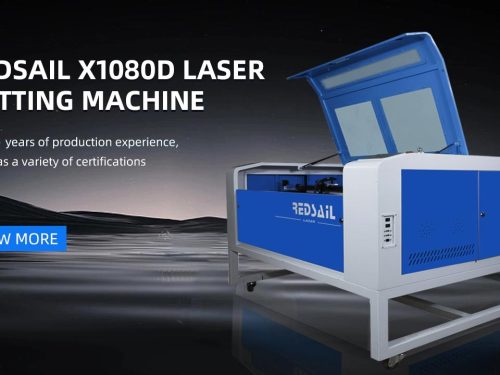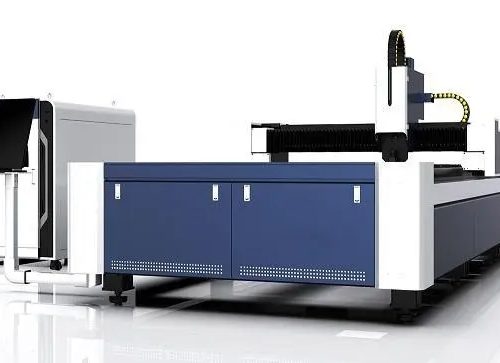
Laser cutting machines are often considered to have high cutting efficiency and better cutting quality, and are increasingly used in metal processing. In the field of metal cutting, laser numerical control cutting machine is undoubtedly one of the precision processing methods. However, there is no uniform international standard for the quality evaluation of laser cutting. In the eyes of most enterprises and operators, the types of laser cutting may not be very different, but as a professional laser processing, the processing methods of laser cutting machine will also be different according to the characteristics of different metal materials.
The laser cutting machine does not know how to judge the processing quality of the laser cutting machine, and falls into blindness. When the laser cutting machine is used to process metal, the evaluation of its processing quality mainly includes the following points: the cutting surface is smooth, there are few lines, and there is no brittle fracture. When the laser high-temperature cutting plate, the trace of molten material will not appear in the incision below the vertical laser beam, but will spray out at the back of the laser beam. As a result, curved lines were formed at the cutting edge, and the lines closely followed the moving laser beam. To correct this problem, reducing the feed rate at the end of the cutting process can greatly eliminate the formation of lines.
The thermal impact of cutting materials, as the application equipment of thermal cutting processing, is bound to cause thermal impact on the materials in the process of use, which mainly includes three aspects: depression and corrosion have adverse effects on the surface of the cutting edge and affect the appearance of the laser cutting machine. They appear in the cutting error that should be avoided in general; Finally, if the cutting causes sharp heating of the part, it will deform.
Generally speaking, the cutting width does not affect the cutting quality. The cutting width has an important impact only when a particularly precise contour is formed inside the part. This is because the cutting width determines the minimum inner diameter of the contour. When the plate thickness increases, the cutting width also increases. Therefore, in order to ensure the same high accuracy, the workpiece in the processing area of the laser cutting machine should be constant regardless of the width of the cut.
The perpendicularity of the cutting seam is good and the heat affected area is small: when the thickness of the processed material exceeds 18mm, the perpendicularity of the cutting edge is very important; When away from the focus, the laser beam becomes divergent, and the cutting becomes wider towards the top or bottom according to the position of the focus. The cutting edge deviates several millimeters from the vertical line. The more vertical the edge is, the higher the cutting quality is.
This is particularly important in fine machining, because the contour and connecting piece here are usually only a few tenths of a millimeter wide. Control of laser power and use of short laser pulses can reduce the heating of parts and avoid deformation. The heat-affected area refers to the area near the incision heated during laser cutting. At the same time, the structure of the material itself has changed. For example, some materials will harden. The heat-affected zone refers to the regional change of internal structure due to high temperature.










